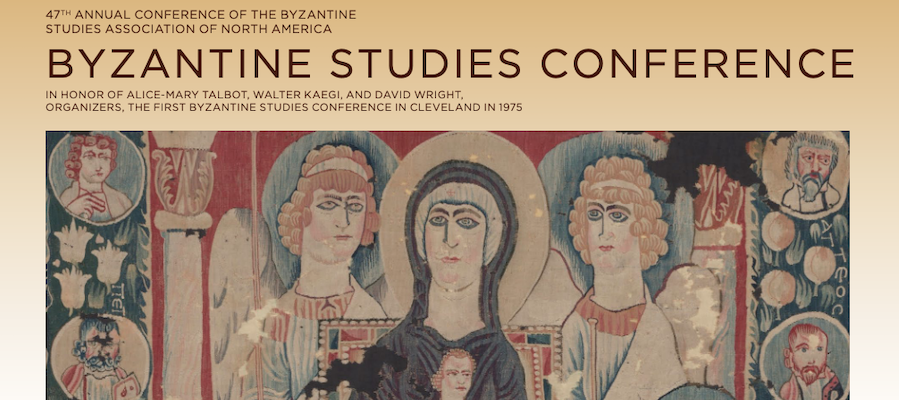Macedonian Imperial Ideology (Panel 3A)
The topic of this session is the imperial ideology of the Macedonian dynasty, one of the longest-lived dynasties in Byzantine history, spanning from Basil I to his great-great-great granddaughter Theodora (867-1056). There are two particular justifications for this. First, academic study of the topic has tended to focus on the foundation and early history of the dynasty, and on the dynasty founder Basil I in particular. There has been extensive analysis of his contemporary ideology, the emperor as a new David and a devotee of another Old Testament figure, the prophet Elijah. There has also been analysis of the presentation of Basil during the reign of his grandson Constantine VII, as a descendant of Alexander the Great, Constantine the Great, and of Armenian royalty. The session wants to turn the spotlight on the ideology of the dynasty as a whole, exploring whether it has constant elements or embraces new elements, and will consider the reasons for this. Second, the term dynasty itself is now being questioned by historians. They have begun to ask whether it is appropriate to use ‘dynasty’ when referring to rulership before the Early Modern period; for instance, there have been conferences on 'Dynasty and Dynasticism 1400-1770’ (Oxford 2015) and ‘The Modern Invention of Dynasty: A Gobal Intellectual History, 1500-2000’ (Birmingham 2017). This panel will provide an excellent opportunity to reflect on the issue in relation to Byzantium, through the case of the Macedonians. The Byzantines did not use the term dynasty, so how did they conceptualize imperial rule? Panelists will consider the imperial ideology of the Macedonian dynasty from the perspectives of art history, historiography, sigillography and political history.
New Directions in Byzantine Architectural Studies (Panel 8B)
A Byzantine church may stand as a manifestation of piety and the spiritual aspirations of its age, and we would be remiss not to recognize it as such. That said, all works of Byzantine architecture may be understood as social constructs, emblems of power, prestige, and identity; they represent the combined efforts of artisans of varying background and social status; they are the products of intention, social contracts orchestrated within a hierarchy of command, technical knowledge, and labor. Looking beyond church architecture offers a variety of new approaches. Moreover, the application of new technologies and ‘thinking outside the box’ offer some exciting new directions for both teaching and learning. Fabian Stroth examines the uses of three-dimensional modelling for understanding the construction history of Byzantine monuments, as well as a teaching tool for monuments difficult of access, due to war, fragility, or isolation. Charles Stewart concentrates on construction techniques, asking how the introduction of new techniques might reflect movements of populations and cultural exchange. In doing so, he encourages us to look beyond the obvious in charting the possible sources of technological change. Benjamin Anderson and Jordan Pickett use their ongoing study of the fortified citadel of Sardis to address issues of settlement studies. At the same time, they demonstrate the benefits of new, inexpensive technologies, such as drone photography, for the documentation of difficult sites. Ayşe Henry also focuses on fortifications but to ask a different set of questions. In her examination of the Kozkalesi, she challenges the traditional acceptance of its ‘Crusader’ context, as it also reflects the rich history of nearby Antioch. Taken together, the panel's four papers suggest the potential for future studies by introducing new technologies and looking beyond the ‘usual suspects’ in writing a history of Byzantine material culture.
